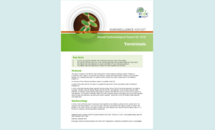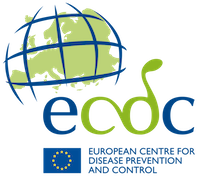Yersiniosis - Annual Epidemiological Report for 2016
In 2016, 28 countries reported 6 918 confirmed yersiniosis cases in the EU/EEA.
Download

Read more on this site
Annual Epidemiological Reports (AERs)
The Annual Epidemiological Reports (AERs) are a key ECDC publication on the epidemiology of communicable diseases of public health significance in Europe.
See all annual epidemiological reports for 2016
More about surveillance
More on food- and waterborne diseases
European Food- and Waterborne Diseases and Zoonoses Network (FWD-Net)
The FWD-Net network advises ECDC and contributes to strengthening surveillance and prevention of 21 food- and waterborne diseases and zoonoses in the EU/EEA, in close collaboration with EFSA, WHO and global public health partners. Activities include microbiology capacity building, EQA schemes and harmonization of laboratory-based surveillance.






